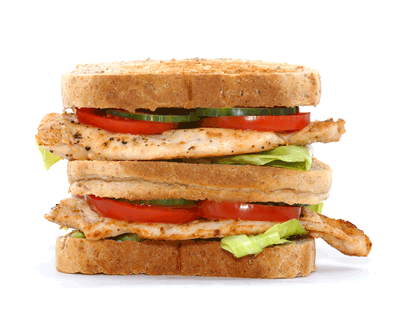 |
| Photo from Flickr by Jon Aslund |
While many of you including myself don't mind braving the elements of winter, most golfers pack the clubs up and resort to golf video games such as Tiger Woods PGA Tour, to keep their game fine tuned. When the Wii was introduced, it added a whole new dimension to golf video games as the swing motion started to resemble an actual golf swing. While this is considerably more realistic than a point and click golf game, many debate whether golfing on the Wii can actually improve your real life golf game.
Recently, in expert mode on Tiger Woods PGA Tour 2011, I was able to break 60 at St. Andrews. I accomplished this feat by not missing a fairway (despite the 20 MPH wind) and making every putt inside of 20 feet. Realistic? I think not. Despite the actual game play being unrealistic, there are elements to your actual golf swing that Tiger Woods picks up very well. For instance if I am playing in the driving range mode and taking full swings as if I were on a real golf course, I tend to block my shots and leave the club face slightly open in almost the exact same way I do in real life. In addition, when I try to overcompensate for this, I duck hook it which is evident in the resulting draw on screen.
For all practical purposes, the game has helped me with two specific things, balance in squaring my shot and shot visualization. For balance, the driving range mode helps you with squaring your club face on impact. Also, if you are a pretty good golfer able to control your swing most of the time, I think the game is great for almost tricking your mind into thinking you are capable of playing golf the way you do in the game. In real life I know I am capable of all the shots I perform on Tiger Woods, however in real life, the execution rate just isn't as high. The game builds confidence in that regard.
The game also offers add on peripheral devices that offer even more realism such as the Chicken Stick (Chicken Stick - Wii Golf Club). The Chicken Stick is weighted like an 8 iron to resemble the weight of an actual club. This provides an excellent opportunity to translate some of your video golf game out to the actual course and work on your swing in the winter all from the confines of your living room.




